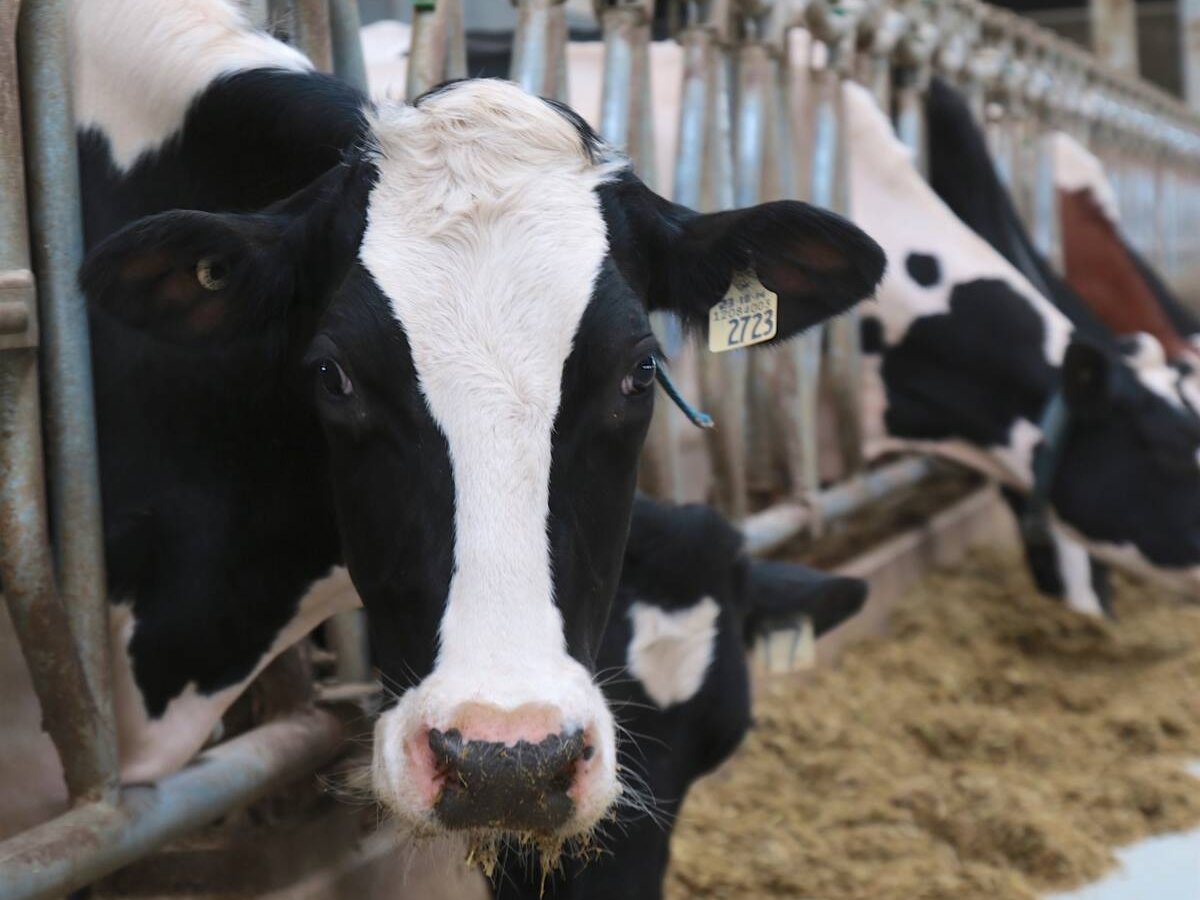King wheat retains its crown when it comes to organics, according to a new report detailing the sector’s cropping patterns.
Wheat accounted for 37 percent of the 479,678 acres of grains, oilseeds and pulses planted by 2,140 Canadian organic farmers in 2004, stated the report prepared for Canadian Organic Growers.
“Canada is just a big wheat producer, organic and otherwise,” said COG executive director Laura Telford.
Brenda Frick, prairie co-ordinator for the Organic Agriculture Centre of Canada, said it has been that way since the inception of the industry.
Read Also

The Organization for Economic Co-operation and Development lauds Canada’s low farm subsidies, criticizes supply management
The Organization for Economic Co-operation and Development lauded Canada’s low farm subsidies, criticized supply management in its global survey of farm support programs.
“People are just so familiar with it. Everybody has grown it and everybody can grow it.”
But she wondered if the love affair with wheat is starting to wane as it is becomes harder to attract the higher prices that existed in the early years
of organics.
“People used to come to your door asking for it and now you have to go ask them. The market is still good but it’s not as good as it was, so there’s a little bit of nervousness around wheat,” said Frick.
Wheat’s share of organic production mirrors what happens in conventional agriculture but there are stark differences between the two systems when it comes to other grains and oilseeds.
According to statistics provided by the certification bodies polled in the COG report, growers planted 75,317 acres of oats in 2004, representing 16 percent of the total organic crop.
That compares to the six percent share it had of conventional acreage that year.
Frick said oats are competitive enough to reduce weed populations while improving soil conditions.
“A lot of people talk about how nice and mellow the soil is afterwards.”
Flax was the third most popular organic crop at 73,550 acres or 15 percent of plantings compared to two percent in conventional systems.
It has become a big money maker for organic producers because consumers are willing to pay sizable premiums for the health benefits offered by flax, said Telford.
“The type of consumer that we have might be slightly different than in the conventional world. They’re looking for healthy food,” she said.
Canola, meanwhile, is limited to a small portion in organic systems. Growers contend that is due to the potential contamination from genetically modified canola, a claim that is at the heart of a proposed class action lawsuit launched by the Saskatchewan Organic Directorate against the developers of GM canola.
“It pretty much means we don’t have that crop anymore,” said Telford.
Pockets of organic canola are still seeded in isolated locations where conventional canola isn’t commonly found, like the Peace River region in northern Alberta and in southwestern Saskatchewan.
Growers seeded 2,941 acres of the oilseed in 2004. To put that in perspective, it took a backseat to the 14,436 acres of spelt and kamut, two ancient grains used in cereals for people who have wheat allergies.
But perhaps the biggest difference between organic and conventional systems is the amount of land sown to crops that are not money makers.
Organic growers planted almost as many acres of forages, pasture, hay and green manure as marketable grains, oilseeds and pulses.
The need for natural fertilizers has pushed many farmers into raising livestock, while others rely on plow down crops to deliver nitrogen, said Frick.















